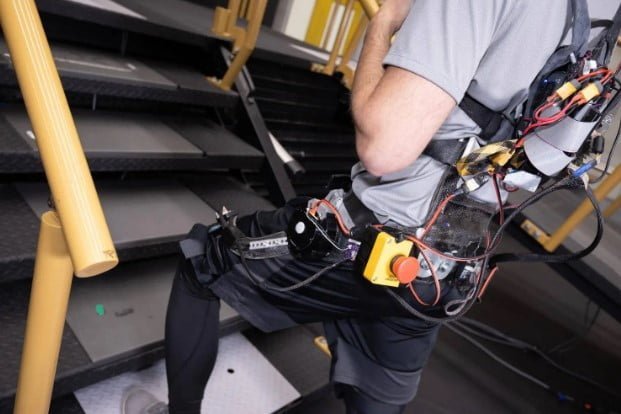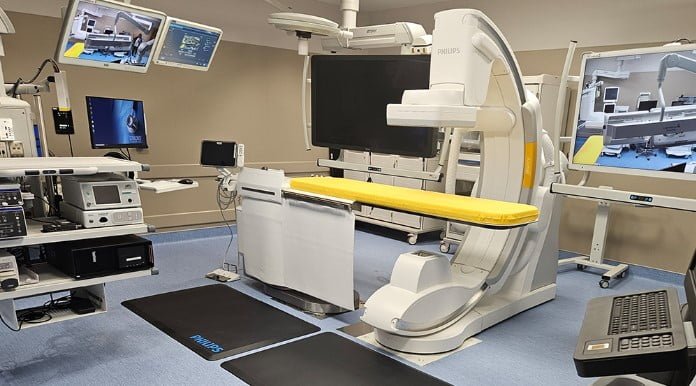Georgia Tech Researchers Develop Universal Control Framework for Robotic Exoskeletons

Robotic exoskeletons, long a staple of science fiction, are edging closer to reality thanks to researchers at Georgia Tech. These mechanical marvels hold promise for assisting individuals with walking and physically demanding tasks, as well as aiding stroke patients in regaining mobility.
Traditionally, exoskeletons have been confined to research labs due to the need for extensive calibration and context-specific tuning. However, a breakthrough from mechanical engineers at Georgia Tech could soon change that.
Led by Aaron Young, a team of researchers has devised a universal control approach that eliminates the need for training, calibration, or complex algorithm adjustments. This innovation means users can simply put on the exoskeleton and engage in their activities without hassle.
The system relies on deep learning, a form of artificial intelligence, to autonomously adapt the exoskeleton’s assistance levels. It has demonstrated seamless support for walking, standing, and navigating stairs or ramps. The team detailed their “unified control framework” in a study published in Science Robotics on March 20.
“The goal was not just to provide control across different activities, but to create a single unified system. You don’t have to press buttons to switch between modes or have some classifier algorithm that tries to predict that you’re climbing stairs or walking,” explained Aaron Young, associate professor in the George W. Woodruff School of Mechanical Engineering at Georgia Tech.






